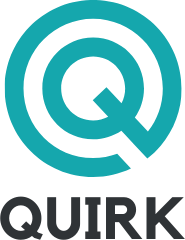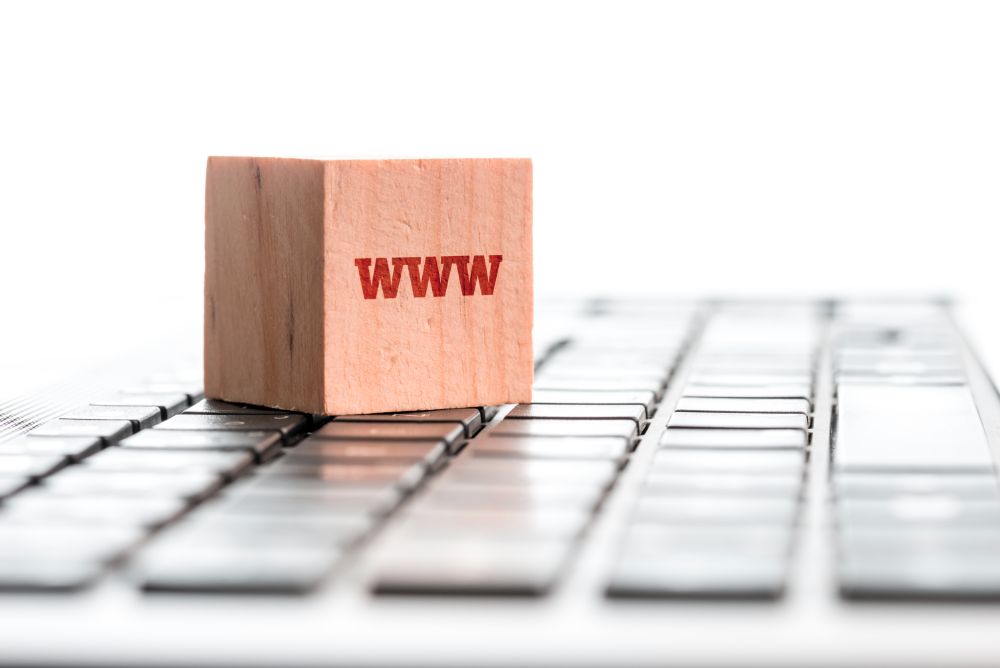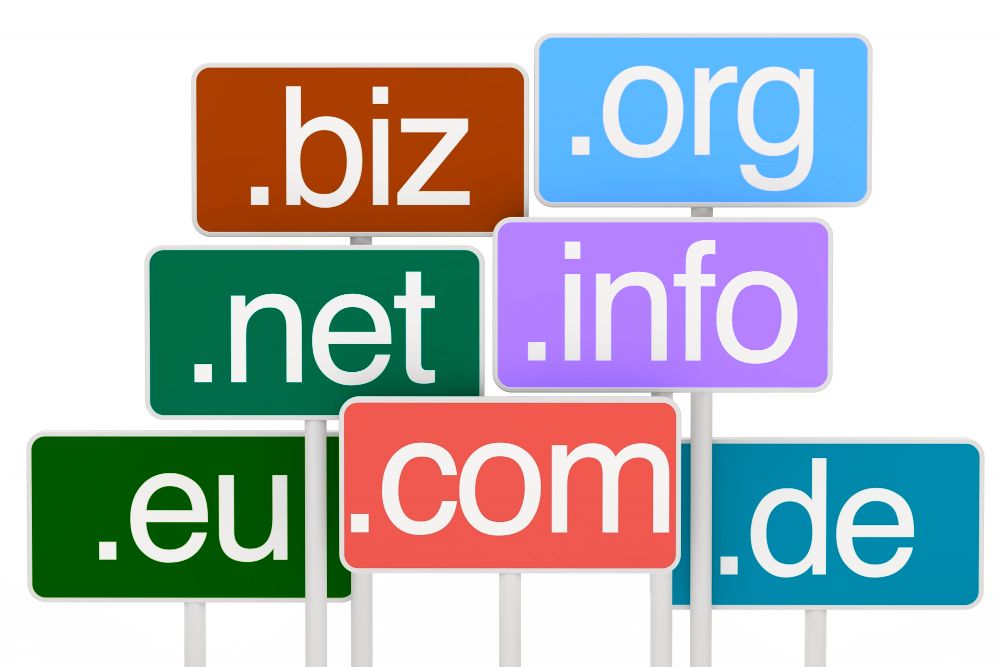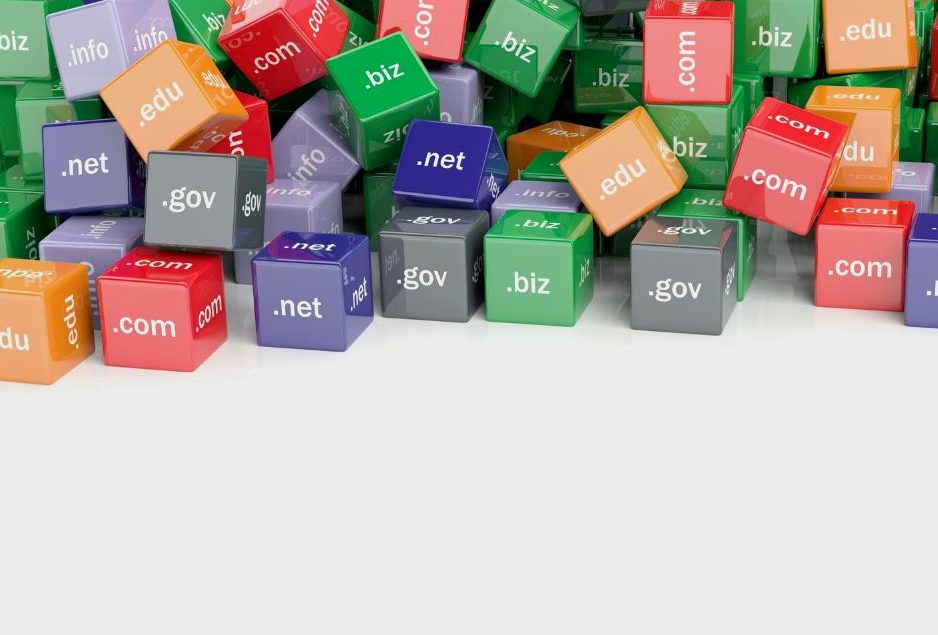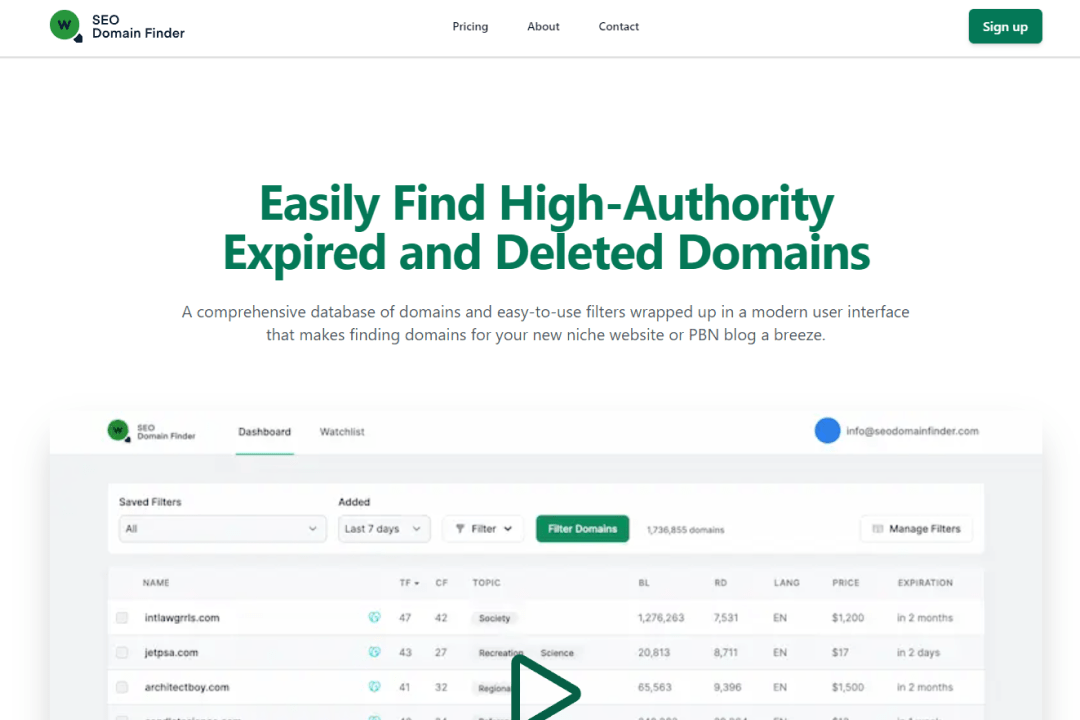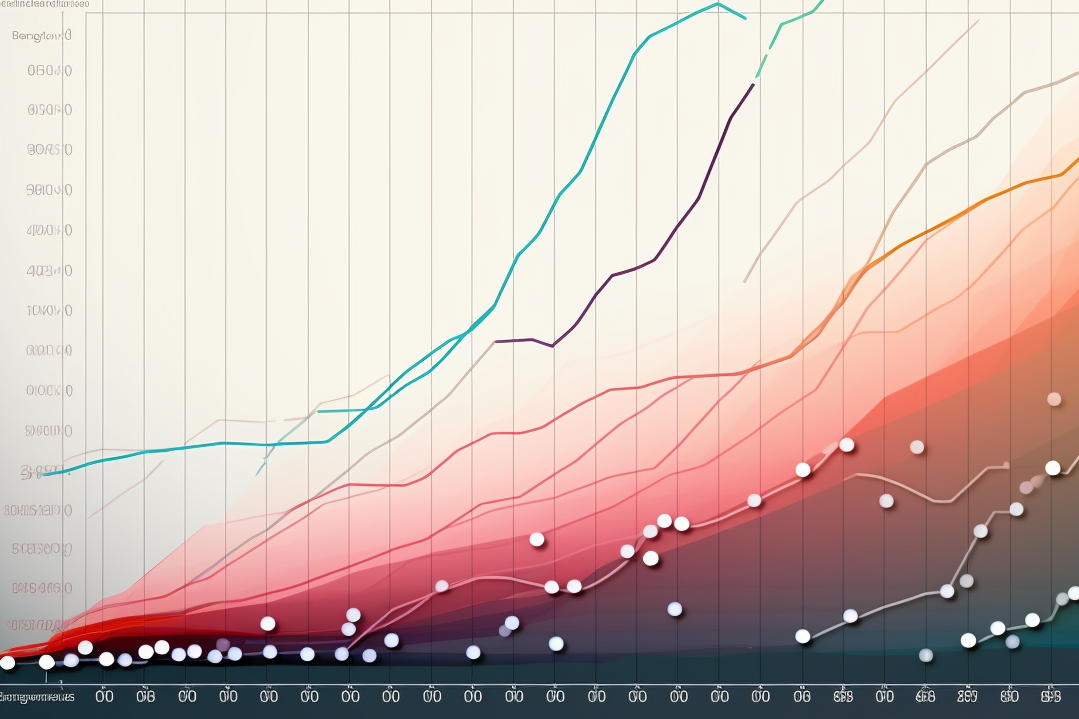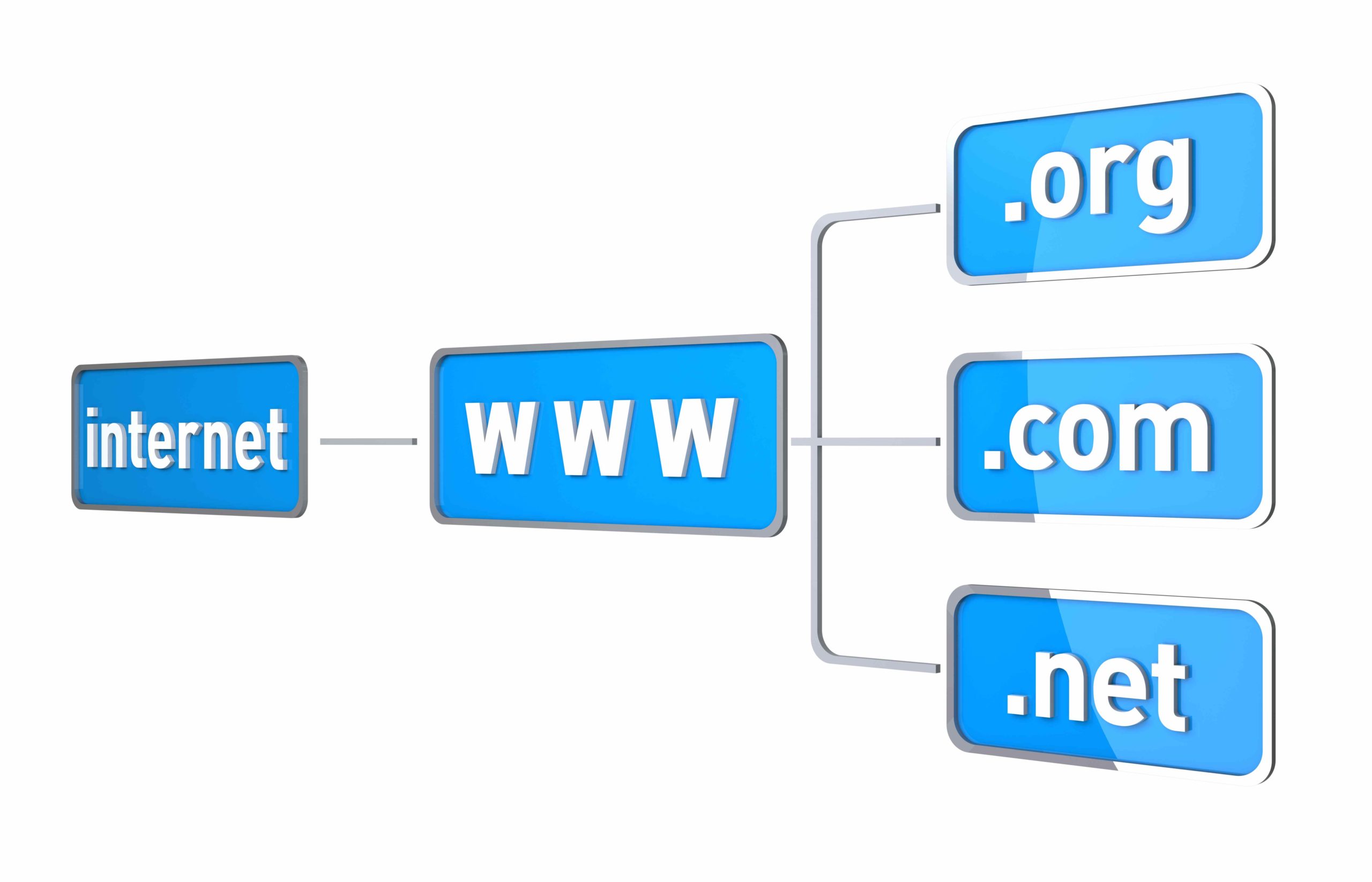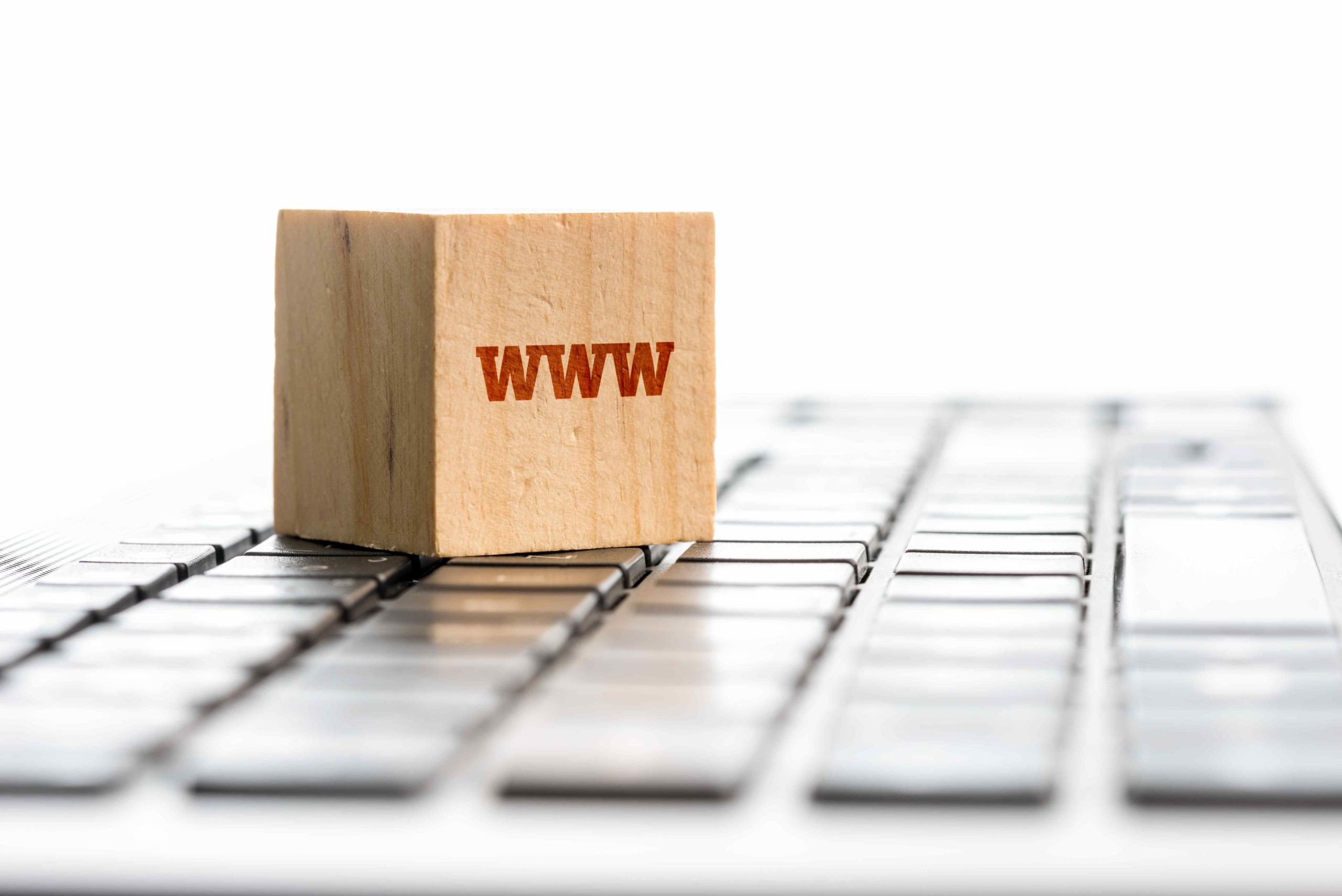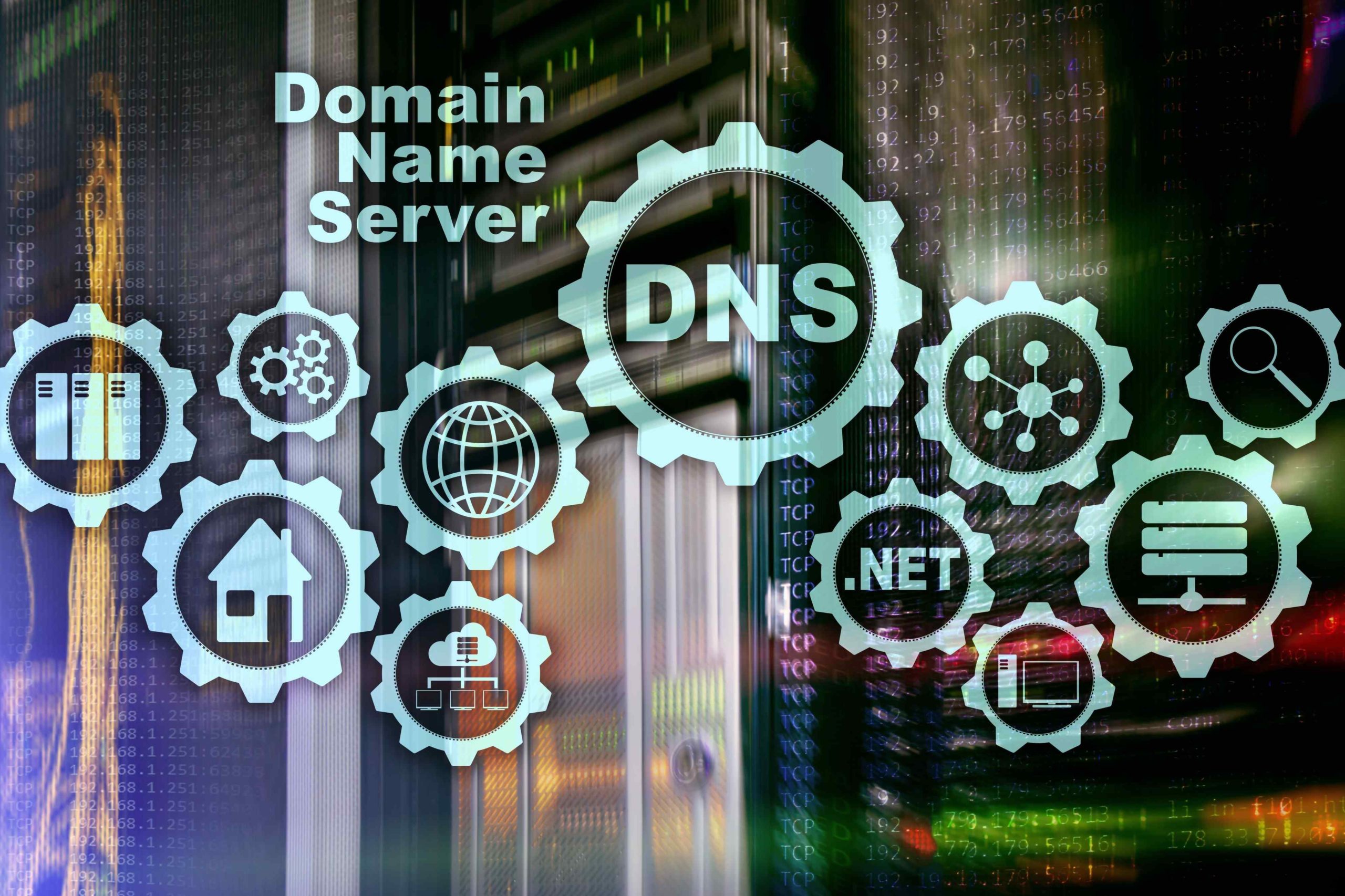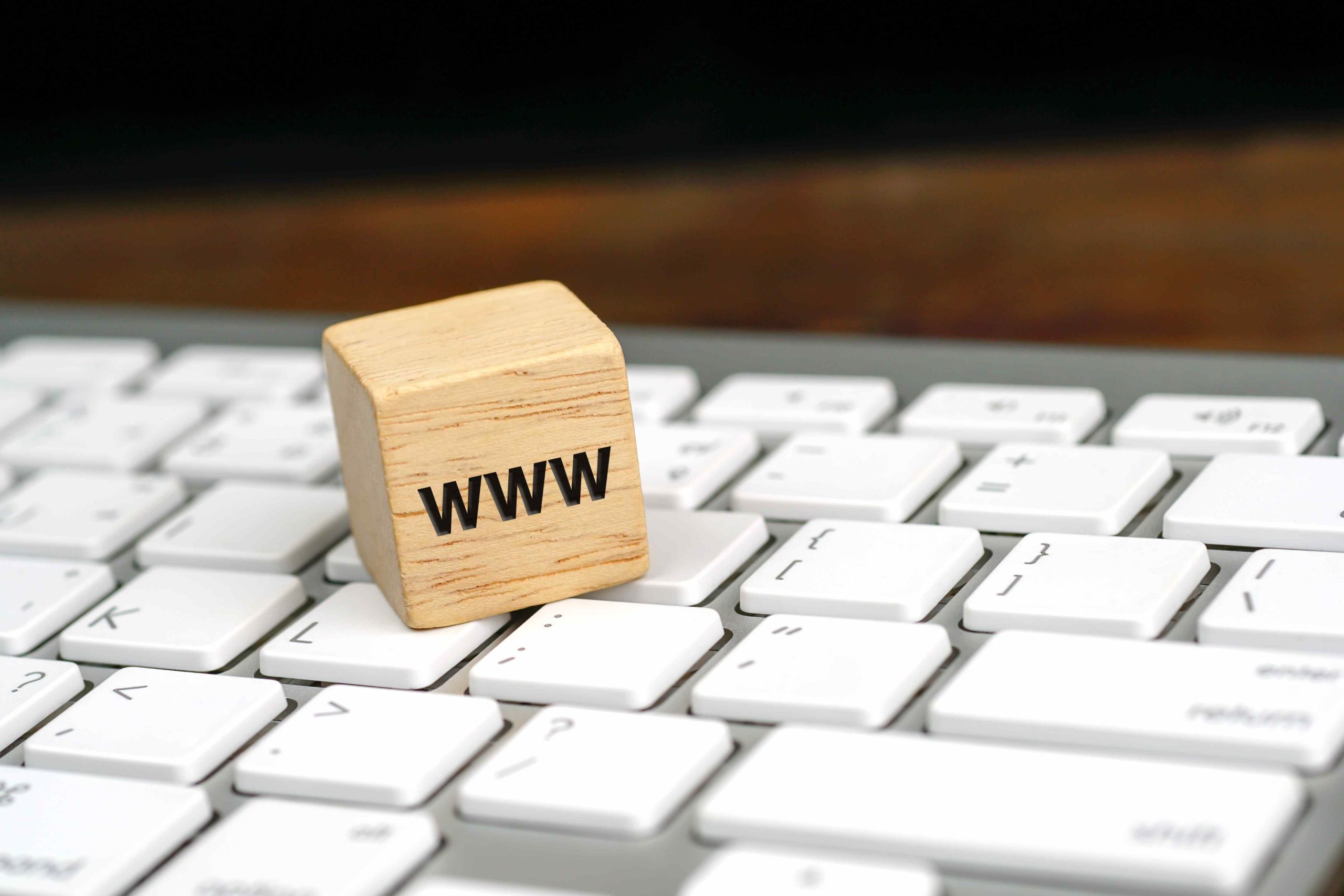
Securing an online presence is crucial in the ever-expanding digital landscape. One major challenge to creating and upholding this presence is domain squatting.
But what exactly is domain squatting, and how can you safeguard your brand from this malicious practice?
This article will discuss domain squatting, its implications, and the steps you can take to protect your domain name.
What is Domain Squatting?
Domain squatting, also known as cybersquatting, is the practice of registering, buying, or using domain names with the intent to profit from the goodwill of a trademark belonging to someone else.
This is typically done in bad faith, aiming to sell the domain to the rightful trademark owner at an excessive price or to redirect traffic for malicious purposes such as phishing or distributing malware.
How Does Domain Squatting Work?
Domain squatters can generally be divided into two categories: opportunistic and malicious. Understanding their tactics is crucial to protecting your digital presence.
Opportunistic Domain Squatters
Opportunistic domain squatters aim to profit by registering new domains that include the names of well-known companies or celebrities. Their goal is to sell these domains back to the targeted entities at inflated prices. These squatters use various strategies:
- Monitoring Soon-to-Expire Domains: They keep a close watch on domain listings for soon-to-expire domains, seeking opportunities to register valuable names.
- Targeting Emerging Celebrities and Startups: They register domains that include the names of up-and-coming celebrities and early-stage companies, betting on their future success.
- Watching Newly Registered Corporations: They monitor listings of recently registered corporations and attempt to secure domains in these new companies’ names.
Malicious Domain Squatters
Malicious domain squatters aim to register domains that allow them to impersonate the targeted organization, divert web traffic, and launch cyberattacks against its employees and customers. Their techniques are more harmful:
- Typosquatting: Registering a domain with a slight typographical error in the target domain name (e.g., “gooogle.com” instead of “google.com”) to capture traffic from mistyped URLs.
- Homograph Squatting: Abusing the Internationalized Domain Name (IDN) registration process to register domains where characters are replaced with visually similar characters from another language (e.g., replacing “o” with a Cyrillic “о”).
- Homophone Squatting: Registering a domain that replaces a word in the target domain with a similar-sounding word (e.g., “acme-support.com” instead of “acmesupport.com”), a tactic becoming more prevalent with the rise of voice-activated search platforms like Amazon Alexa and Google Assistant.
- TLD Squatting: Registering a domain with an identical or similar name on a different top-level domain (TLD), such as “yourbrand.net” instead of “yourbrand.com”.
- Combo Squatting: Adding words like “payment”, “verification”, “support”, or “rewards” to the URL (e.g., “ACME-support.com”) to create the illusion of legitimacy and deceive users.
- Level Squatting: Registering a domain that includes the target’s domain name as a subdomain, which can be particularly deceptive on mobile devices where the full URL may not be visible in the address bar.
The Impact of Domain Squatting
While opportunistic squatters focus on reselling domains at a premium, malicious squatters use their domains to launch various cyber attacks. These can include:
- Phishing Campaigns: Tricking users into revealing sensitive information by pretending to be a legitimate entity.
- Malware Distribution: Spreading malicious software to infect users’ devices.
- Command-and-Control (C2) Attacks: Using the domain to control compromised systems remotely.
- Data Theft: Capturing sensitive data from unsuspecting users.
- Fraudulent Advertising Revenue: Generating income through deceptive ads placed on the squatted domain.
Differences Between Domain Squatting and Domain Flipping
Domain squatting and domain flipping are both practices involving the purchase and sale of domain names, but they differ significantly in their intentions and legal implications.
Domain squatting is considered illegal as it infringes on the rights of trademark owners and can lead to consumer confusion. Laws such as the Anticybersquatting Consumer Protection Act (ACPA) in the U.S. and similar international frameworks address this issue. The squatter aims to sell the domain to the rightful trademark owner at an inflated price or to use the domain to generate revenue through ads or malicious activities.
Domain flipping, on the other hand, is the practice of buying and selling domain names for profit without the intent to infringe on trademarks. Domain flipping is a legal business practice as long as it does not involve trademark infringement. It focuses on market trends and the potential future value of domain names rather than exploiting existing trademarks.
Domain flippers purchase non-trademarked domains, often undervalued or overlooked, with the intention of reselling them at a higher price. This is similar to real estate investment where the goal is to buy low and sell high.
How to Protect Against Domain Squatting
Here are several strategies to protect against domain squatting:
Register Various Domain Variations
- Multiple TLDs: Register your domain name with different top-level domains (TLDs) such as .com, .net, .org, and others to prevent squatters from acquiring them.
- Common Misspellings: Secure domains that are common misspellings or typographical errors of your primary domain name to avoid typosquatting.
Use a Trusted Domain Registrar
- Accredited Registrars: Choose a reputable domain registrar accredited by ICANN. These registrars often provide additional security features and have strict verification processes.
- WHOIS Privacy Protection: Utilize WHOIS privacy protection services to keep your contact information private and reduce the risk of being targeted by squatters.
Regularly Renew Domain Registrations
- Automatic Renewal: Enable automatic renewal for your domain names to prevent them from expiring and being snapped up by squatters.
- Long-Term Registration: Consider registering your domain for multiple years to reduce the frequency of renewals and the risk of accidental expiration.
Monitor Domain Activity
- Domain Monitoring Tools: Use tools like DomainTools, WHOIS, or Google Alerts to track any changes or new registrations of domain names similar to yours.
- Social Media Monitoring: Check social media platforms for any unauthorized use of your domain name or brand as usernames or handles.
Register Your Trademark
- Trademark Clearinghouse (TMCH): Register your trademark with the TMCH to gain priority in registering your trademark domain on new TLDs and to have standing in domain dispute resolutions.
- National Trademark Registration: Register your trademark with relevant national authorities to assert your rights and take legal action against squatters.
Legal and Dispute Resolution
- Contact the Squatter: Attempt to negotiate with the domain squatter to purchase the domain or send a cease-and-desist letter asserting your intellectual property rights.
- UDRP Complaints: File a complaint under the Uniform Domain-Name Dispute-Resolution Policy (UDRP) to resolve disputes through an accelerated administrative process. Learn more in our article What Is a Domain Name Dispute?.
- Legal Action: As a last resort, consider filing a lawsuit under laws like the Anticybersquatting Consumer Protection Act (ACPA) in the U.S. to seek damages and reclaim the domain.
Conclusion
By staying vigilant and proactive, you can protect your brand’s integrity and online presence from the harmful effects of domain squatting. The key is to act early and consistently, ensuring that your digital assets remain secure and your reputation untarnished. Taking these steps today will save you from the costly and damaging consequences of domain squatting in the future.

